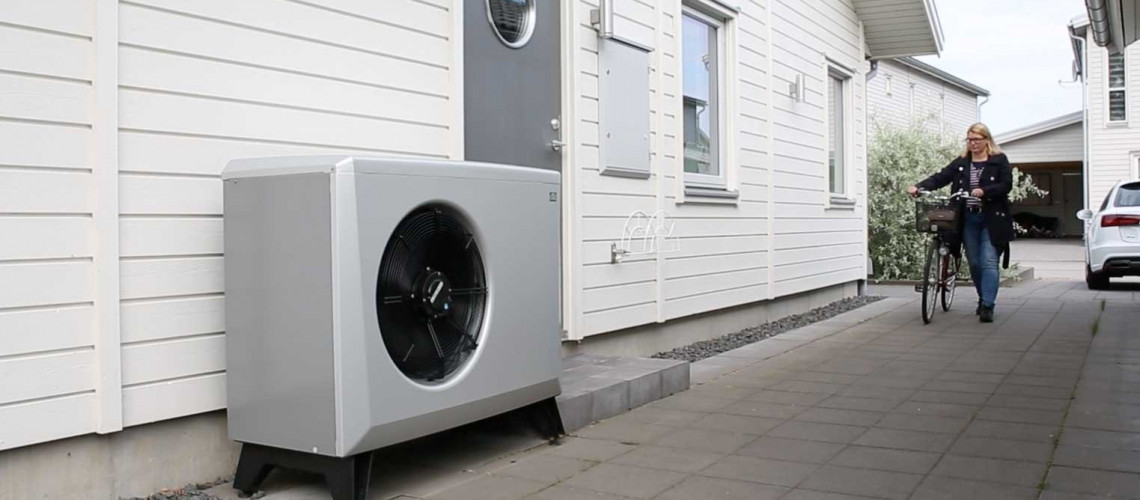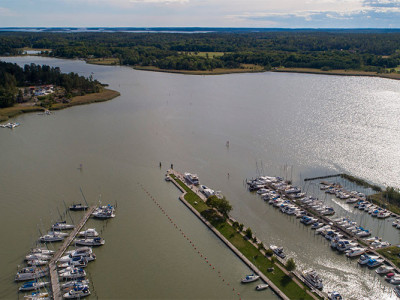How an air-to-water heat pump works
2018-02-20
Installing an air-to-water heat pump is a relatively simple process. It can be done in two to three days at any time of the year, and does not require any drilling. But it packs some really innovative technology. In this week's blog post we do our best to explain how an air-to-water heat pump actually works.
The ingenuity of an air-to-water heat pump lies in the fact that it makes use of renewable solar energy in outdoor air and transfers it to the waterborne heating system in the property. This is how the heat pump converts outdoor air into hot shower water and heated radiators.
An air-to-water heat pump normally consists of two parts: an indoor module and an outdoor unit.
1. The heating process begins in the heat pump’s outdoor unit which is placed outside the house. in the unit draws outdoor air into the heat pump.
2. The refrigerant contained in the heat pump’s closed system plays a key role. All machines that carry heat from cool to warm areas, such as refrigerators and air conditioning, contain refrigerant. In this case, the refrigerant consists of a colourless gas with a boiling point far below zero.
3. The refrigerant is exposed to different pressures and temperatures in the closed system. It is a way of harnessing and pushing the limits of the laws of thermodynamics. Energy can neither be created nor destroyed – it can only change form.
4. When the refrigerant is subjected to pressure created by the heat pump compressor, the temperature increases considerably and, by means of the heat pump’s condenser, the hot gas that forms can be used to heat the water. The process requires a supply of electricity – to power the compressor and fan, for instance – but it is only a fraction of the thermal energy that is provided.
5. Water that is heated is transported to the indoor module inside the property, and is used in showers, taps, radiators and/or floor heating. At the same time, the refrigerant in the heat pump reverts to liquid form and can be reused in the process.
Simply put, the heat pump has taken thermal energy from outdoor air and concentrated it. It is then used to heat your home and supply you with hot water.
With an air-to-water heat pump from CTC, you can reduce your heating costs by up to 80 percent. The amount you will save depends on the size of your house, the part of the country in which you reside, and which heat pump you choose.
It is therefore not all that surprising that heat pumps are becoming increasingly popular. Statistics from the Swedish Energy Agency show that the number of single-family homes using a heat pump has increased by almost 50 percent since 2009. 754,000 single-family homes had a heat pump then. Now, in 2017, that figure is 1,227,000.
Learn more about our air-to-water heat pumps and don’t hesitate to contact us if you have any questions.




